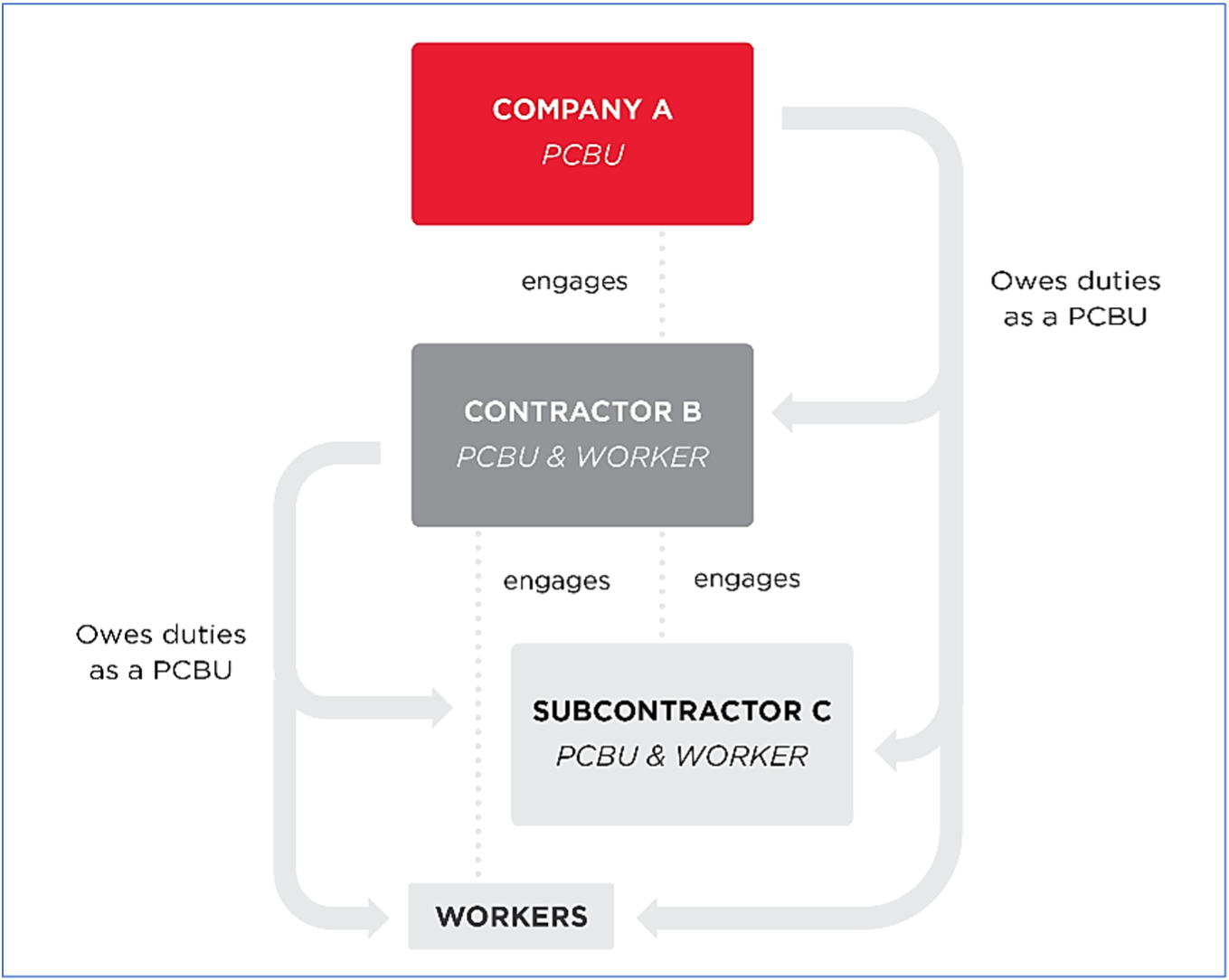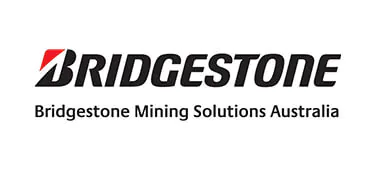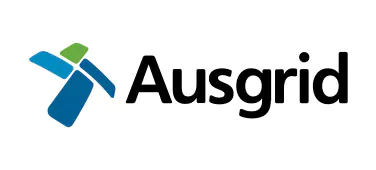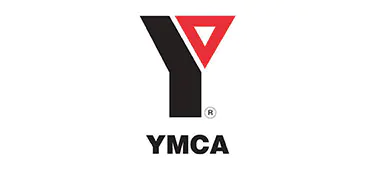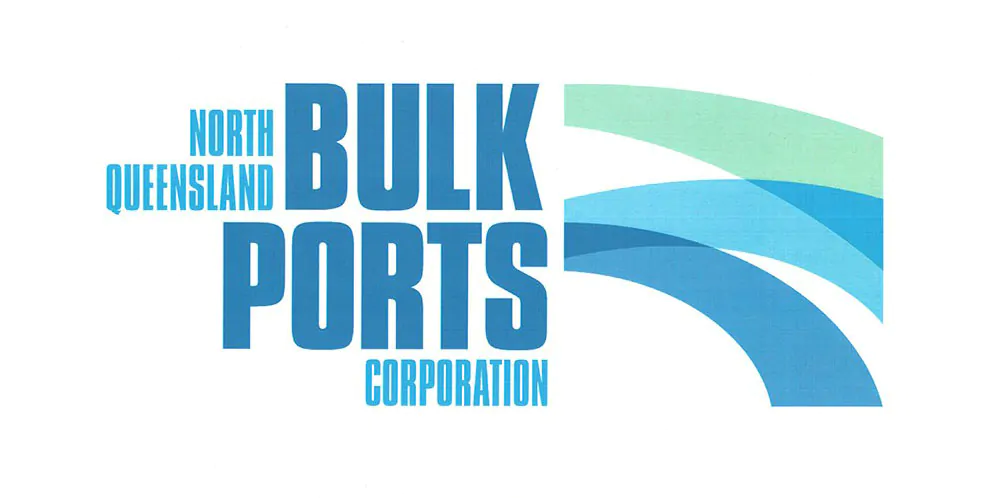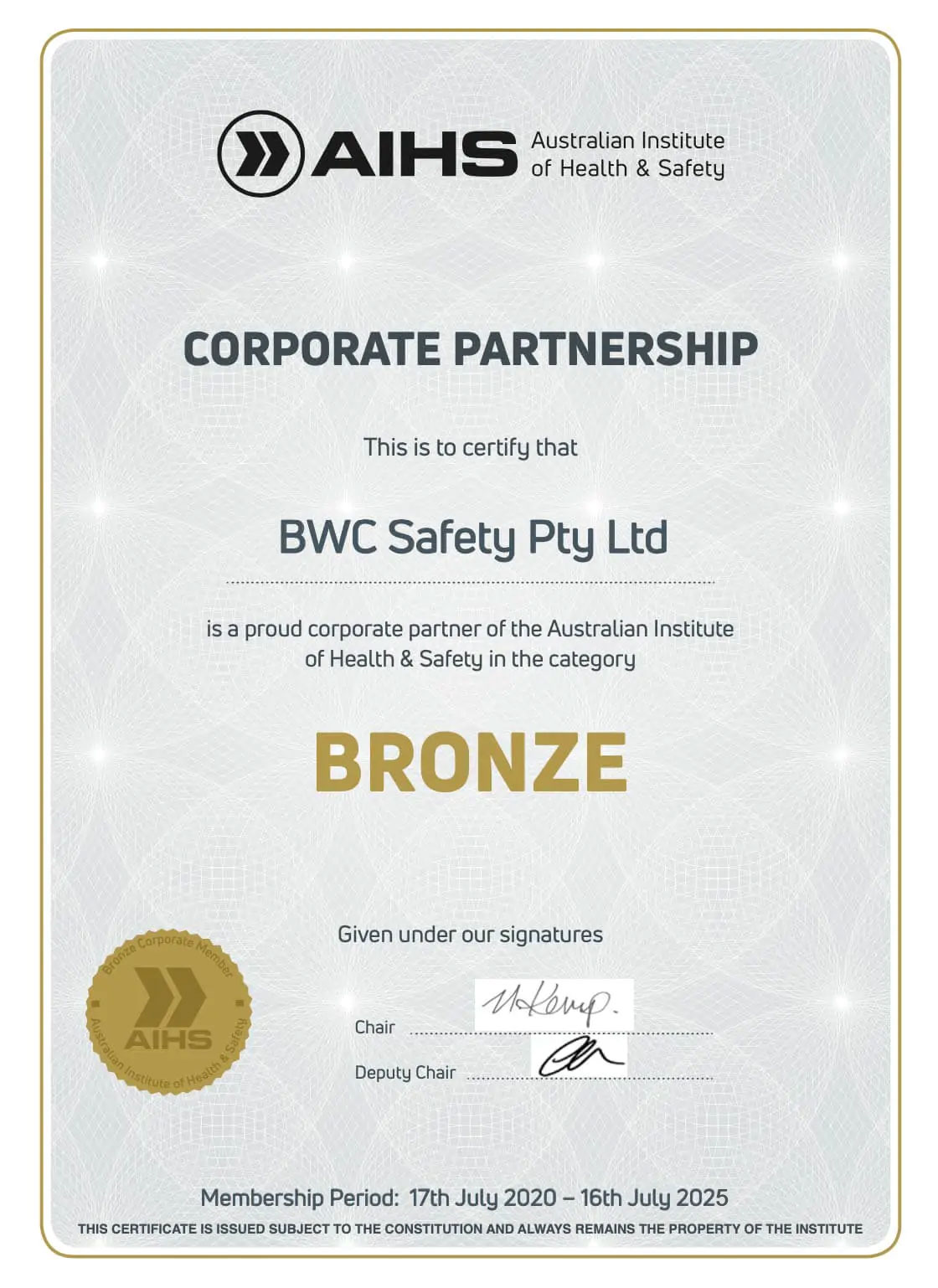WHS Responsibilities in the Australian Renewable Energy Sector
Introduction
In recent years, the renewable energy sector has experienced significant growth and has become a vital part of the Australian energy landscape. As the industry continues to expand, it is crucial to prioritise workplace health and safety (WHS) to ensure the well-being of workers and minimise the risk of incidents and injuries.
At BWC Safety, we are often approached by companies who are unsure of their duties under Australian WHS laws. This article delves into the WHS responsibilities for EPC Contracts that are commonly used on larger renewable energy projects.
Understanding ‘Duties’ under WHS laws in Australia
The primary duty holder under the model WHS laws in Australia is known as a Person Conducting a Business or Undertaking (PCBU). The term PCBU covers a broad range of modern work relationships and business structures. A PCBU can be an employer, a sole trader, self-employed person, company or corporation, association, or government.
As a PCBU you have a duty under WHS laws to ensure the health and safety of workers and others who may be at risk from work carried out at the workplace. You must:
- eliminate risks so far as is reasonably practicable, or if this is not possible, minimise risks so far as is reasonably practicable
- provide and maintain a work environment that is without risk to the health and safety of workers
- provide adequate and accessible facilities for the welfare of workers to carry out their work, and
- give workers the necessary information, instruction, training, and supervision to do their job safely and without risks to health.
WHS Duties in the ‘Contractual Chain’
Depending on the situation, WHS duties may be owed by different PCBUs in a contractual chain including:
- a PCBU that engages a person or another PCBU to carry out work
- a PCBU that causes a worker to be engaged (e.g. through a subcontractor arrangement) or directs or influences their work
- a PCBU that manages or controls a workplace in which the work will take place
- a PCBU that is carrying out other work in the workplace that may affect the health and safety of those nearby.
Put simply, there does not need to be a direct contractual relationship between the PCBU and a worker lower down the chain in order for the PCBU to owe WHS duties to that worker.
Need to know
- WHS duties are not transferrable. WHS Duties cannot be contracted out to another party in the contractual chain, such as a subcontractor.
- PCBUs higher up the contractual chain will also owe a duty of care to the individual contractor as a worker if they caused the individual contractor to be engaged, or they influence or direct the individual contractor’s activities.
- This means in a contractual chain an individual contractor may be legally viewed as a worker for multiple PCBUs. The individual contractor will owe a duty of care as a worker in relation to the work they carry out for PCBUs above them in the contractual chain.
- At the same time, the individual contractor is a PCBU themselves as they are conducting a business as a sole trader or company (i.e. contracting their services). As a PCBU they will have a duty to ensure, so far as is reasonably practicable, the health and safety of workers of any subcontractors they engage in the contractual chain (as well as any workers they engage).
- PCBUs, regardless of their place in a contractual chain, have a duty to consult, cooperate and coordinate activities with all other PCBUs who they share a duty with, so far as is reasonably practicable. This helps avoid unnecessary duplication of activities, prevent gaps in managing health and safety risks and ensure that everyone’s WHS duties are met.
EPC Projects
Companies in the renewable energy sector commonly use Engineering, Procurement and Construction (EPC) contracts for complex renewable energy projects. This form of contract sets out the relationship between the owner and the contractor for the provision of professional or technical services.
In an EPC contract, the responsibility for safety is typically shared among different parties involved in the project. PCBUs who share duties must each discharge their duty to the extent to which they have the capacity to influence and control the matter (whether that matter is a work activity, workers or the workplace).
The allocation of safety responsibilities is normally outlined in the contractual agreements and may vary depending on the specific terms and conditions negotiated by the parties involved. Generally, the key stakeholders responsible for safety in an EPC contract include:
Project Owner/Client: The project owner/client is at the top of the contractual chain and holds the primary responsibility for safety on the project site. These PCBUs have important responsibilities in seeking assurance that systems to ensure worker safety are in place along the contractual chain and are functioning effectively. They have a duty to ensure that the project is designed, constructed, and operated in compliance with applicable health and safety regulations.
The owner/client typically sets safety expectations, establishes safety performance criteria, and will require the EPC Contractor to submit safety plans and reports as part of the assurance process. They will often engage third party safety consultants to conduct independent assessments of WHS across the project life cycle. These consultants can also assist in risk assessments, safety audits, training programs, and the development of safety plans. They provide an independent perspective and help identify potential hazards and suggest appropriate control measures.
EPC Contractor: The EPC contractor is responsible for executing the project and ensuring safety throughout the construction process. They are responsible for developing and implementing a comprehensive safety management system that covers all aspects of the project, including design, procurement, construction, and commissioning. The contractor must adhere to safety standards, regulations, and guidelines, and they should have qualified safety professionals and personnel to oversee and enforce safety measures. Under an EPC contract, the principal or owner enters into a contract with the EPC contractor, who will, in turn, enter into various subcontracts with subcontractors for the performance of specified portions of work. They will be responsible for not only the engineering aspects of the project, but also procurement of equipment and design and construction of the facility, plant or project.
The principal contractor must obtain and approve safe work method statements (for high-risk construction work) to ensure risks associated with the proposed work are addressed, and then visit the site as necessary to verify the work is being carried out safely.
Subcontractors: In many EPC projects, subcontractors are involved in various specialised tasks. Each subcontractor has a responsibility to maintain safety within their respective scope of work. They must comply with safety requirements, follow safety protocols, and coordinate their activities with the EPC contractor and other subcontractors to ensure a safe working environment.
It is common for much of the equipment installed on large renewable energy projects in Australia to be manufactured overseas. All Australian jurisdictions require manufacturers, importers and suppliers of equipment to ensure documented risk assessments are in place for all equipment used in such projects. It is usual for such equipment to carry a range of international approvals. In some cases these international approvals are automatically accepted in Australia, but sometimes work needs to be done to ensure that approvals and certifications are acceptable.
Technical specialists are often brought into Australia to assist with installation and commissioning of projects. Legal requirements around qualifications and licencing often exist in relation to what work they are allowed to do in Australia, and how to allow for them to carry out tasks for which they are not licenced.
Conclusion
The key point to remember in WHS law is that an individual contractor can be a worker and be owed a duty by all businesses further up the chain, and at the same time owe duties as a PCBU to themselves (while at work in their own business) and to other workers further down the chain. It is important to note that the specific allocation of safety responsibilities may vary based on the contractual arrangements of the EPC project.
Therefore, it is essential for all parties involved in an EPC contract to clearly define and document their safety roles and obligations to ensure a safe and successful project execution. Effective communication, collaboration, and cooperation among all stakeholders are key to achieving a high standard of safety.
[1] SafeWork Australia. WHS Duties in a contractual chain. March 2022.
Make an Enquiry
Ensure your organisation isn’t making critical WHS mistakes by getting expert advice before it’s too late.

